Economics Assignment: Analysis of Land Prices in Australia
VerifiedAdded on 2023/03/20
|5
|784
|45
Homework Assignment
AI Summary
This economics assignment analyzes the factors contributing to high land prices in Australian cities. The assignment explores the reasons behind the high prices, including the preference for modern housing, the imbalance between investors and sellers, and the impact of transport and infrastructure. The solution includes an explanation of rental costs and a diagram illustrating the relationship between land supply, price, and demand. The assignment also discusses whether the supply of land is perfectly elastic or inelastic in metropolitan cities. The document concludes with a bibliography of relevant articles and books used in the analysis. This assignment is a valuable resource for students studying economics and seeking to understand the dynamics of the housing market and land prices.
1 out of 5
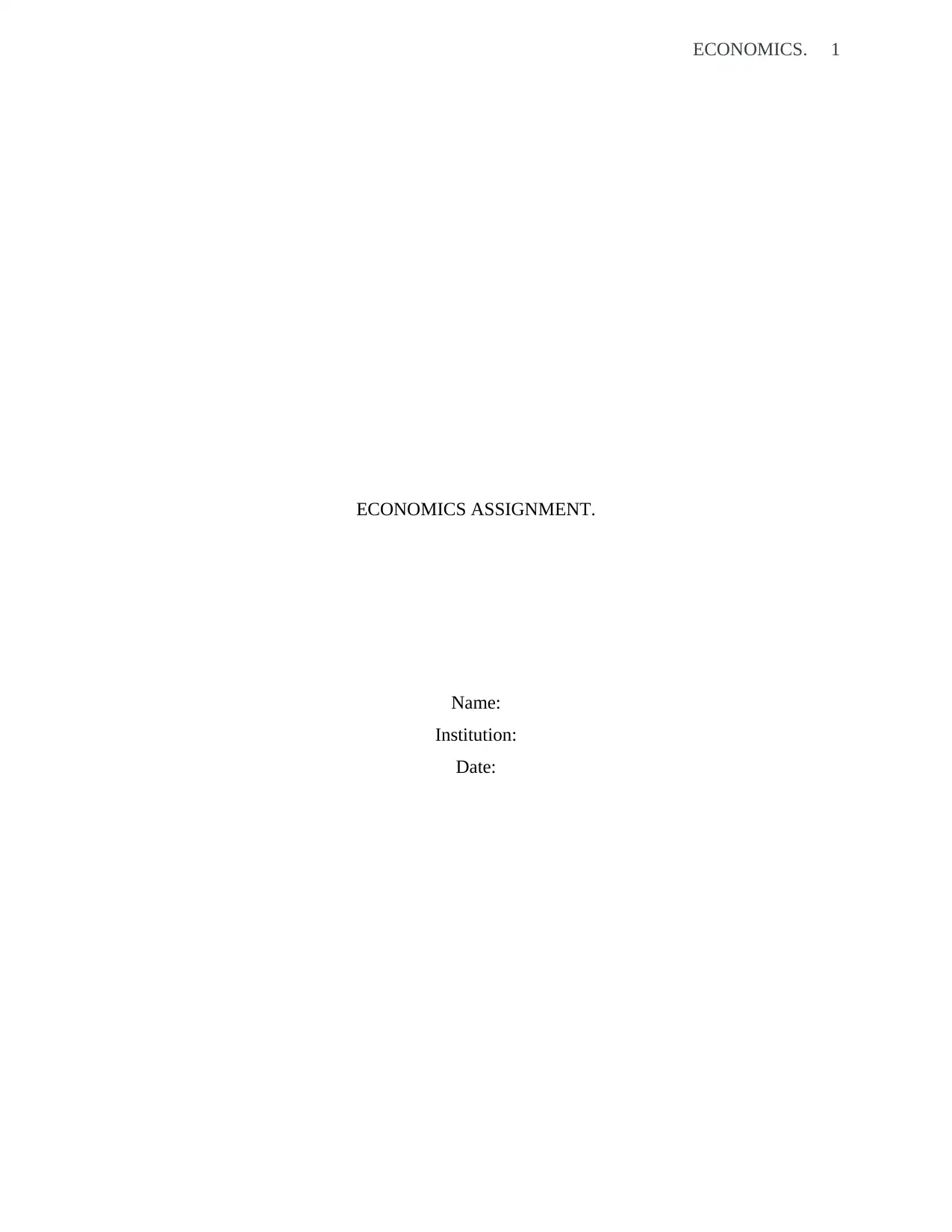
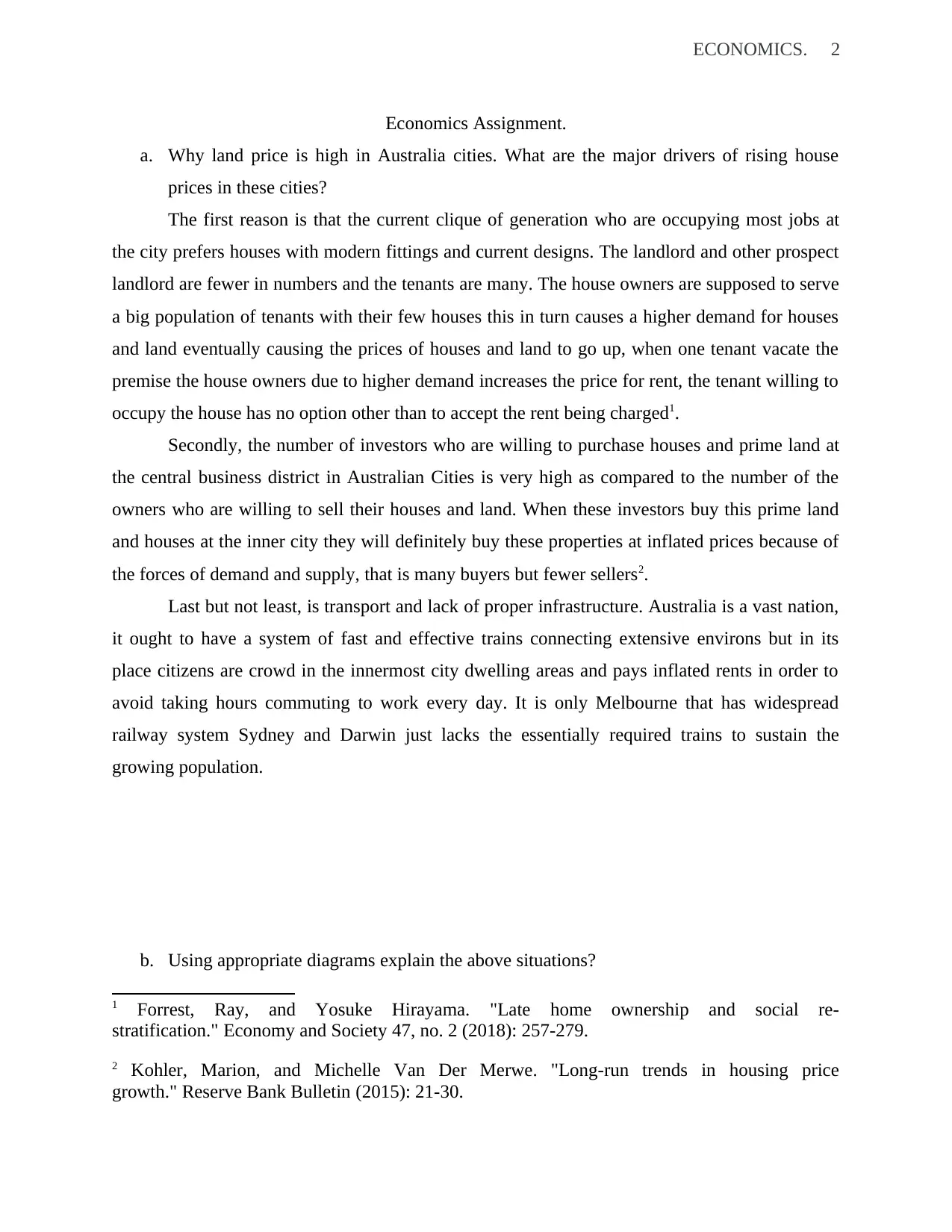
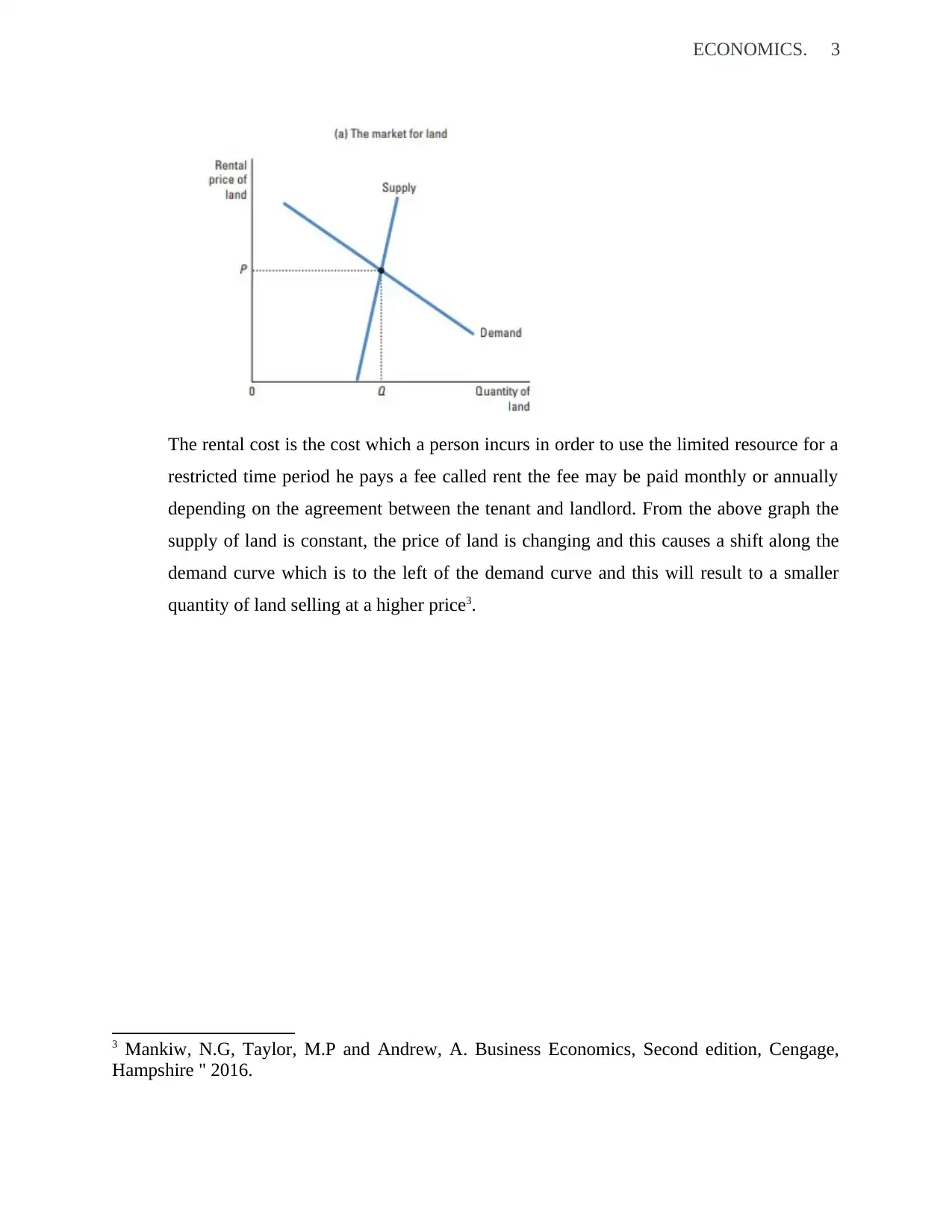

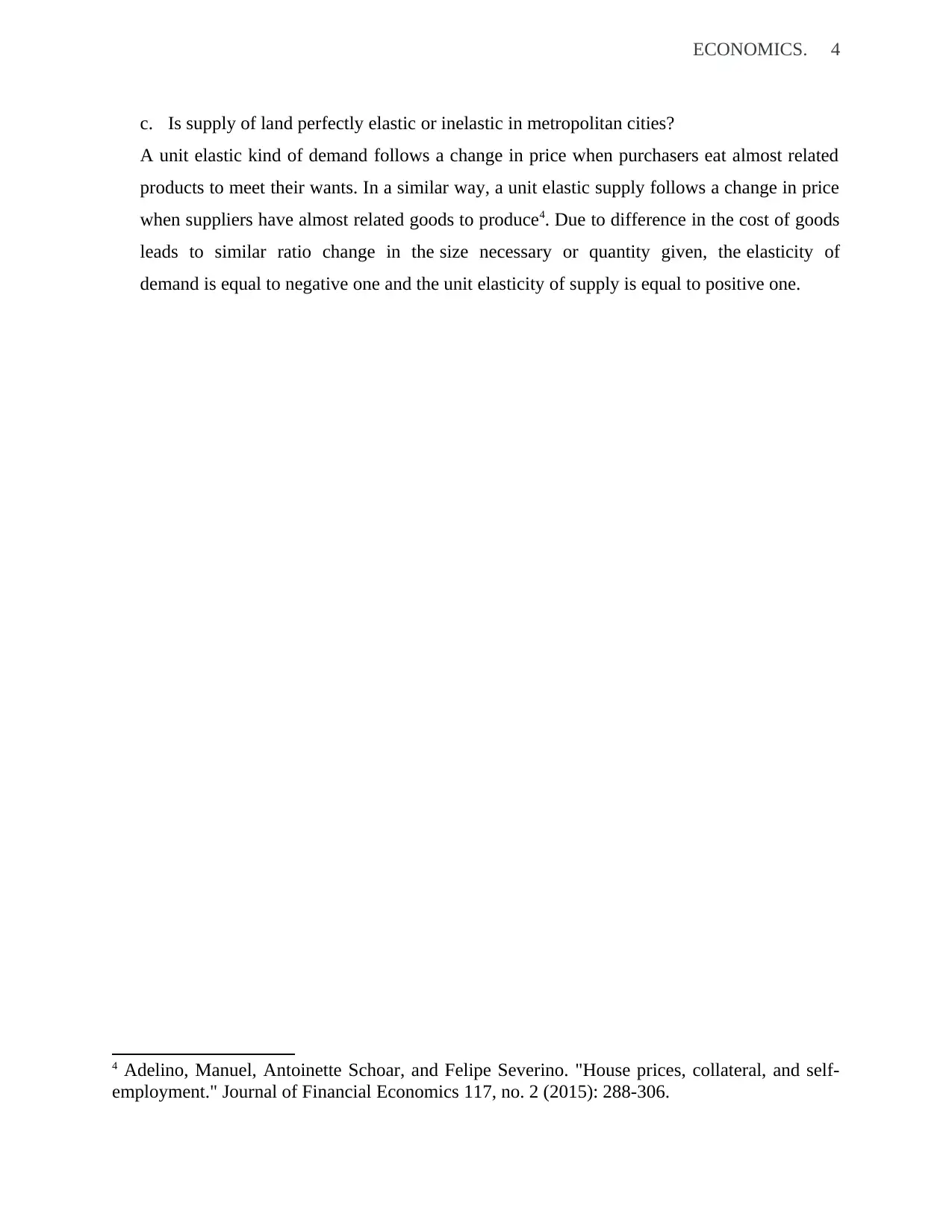
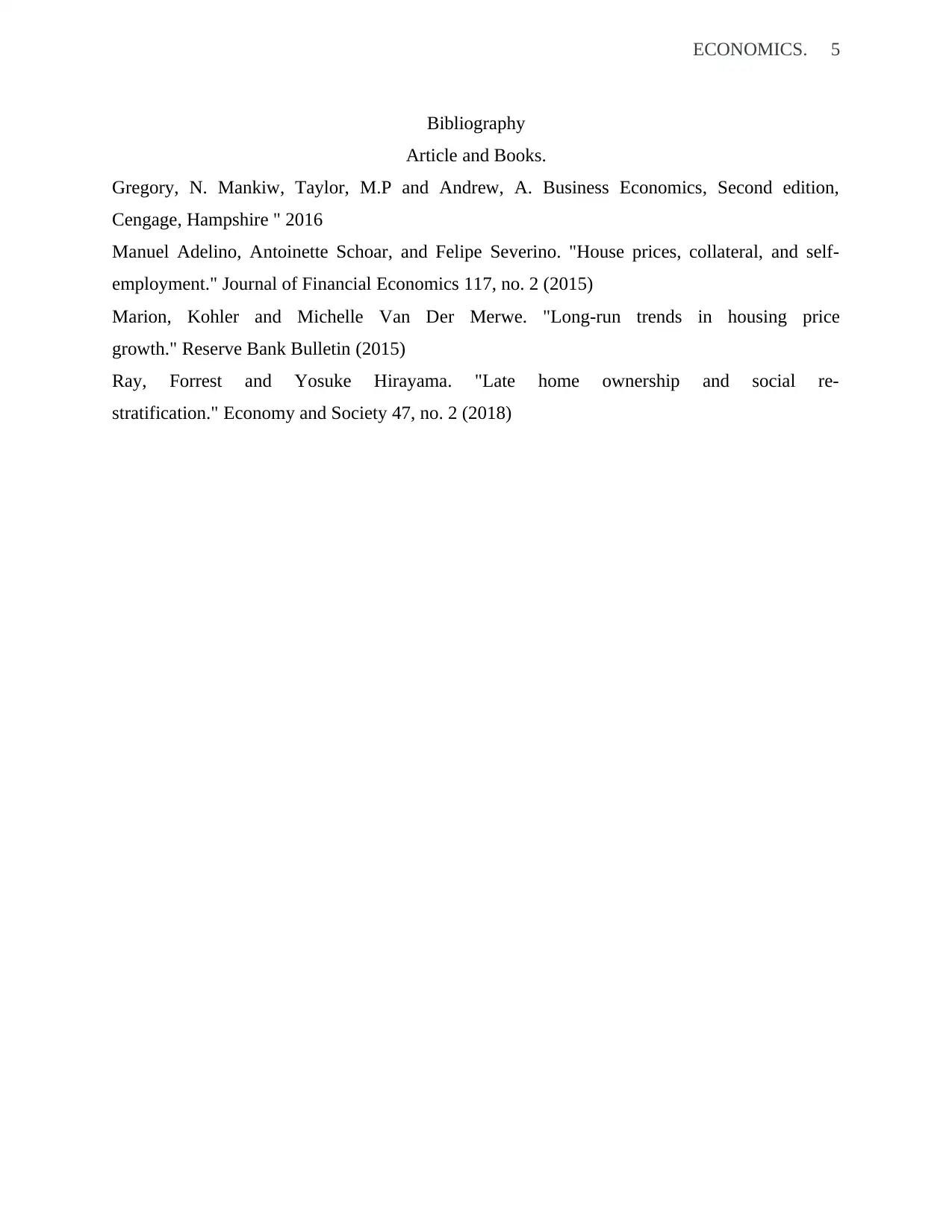






![[object Object]](/_next/static/media/star-bottom.7253800d.svg)